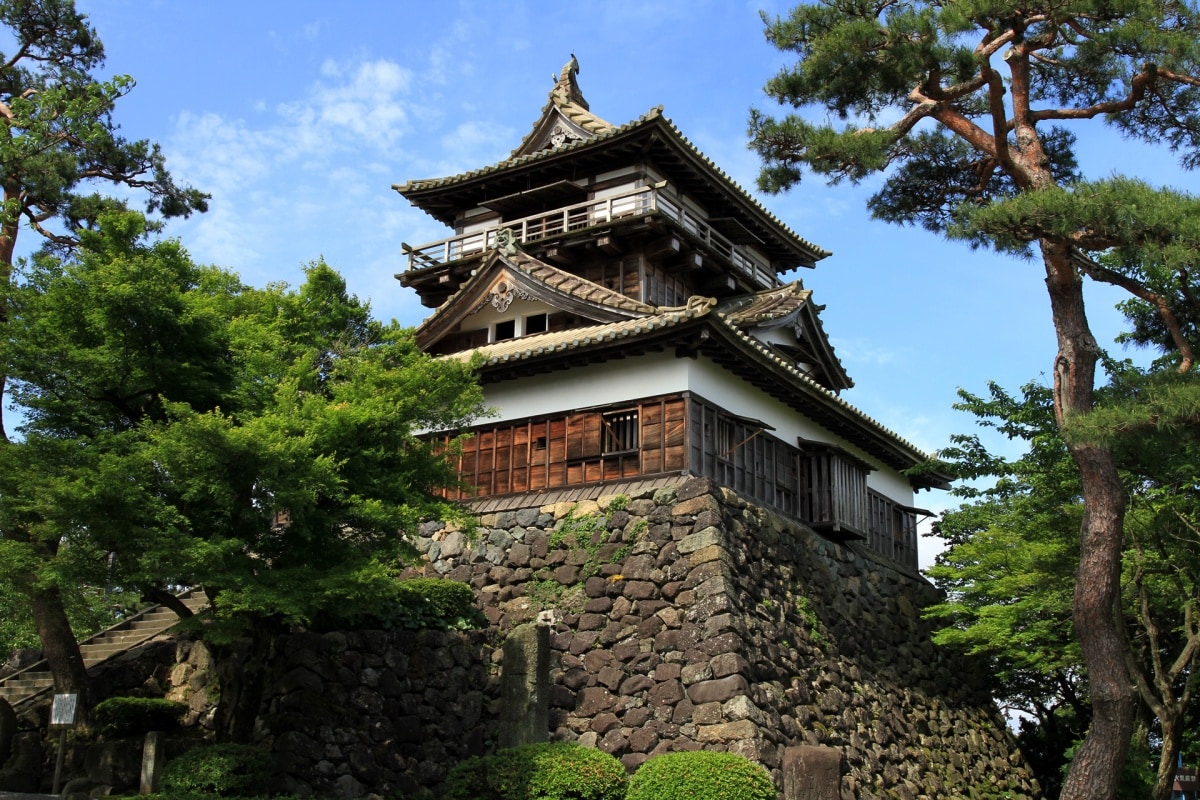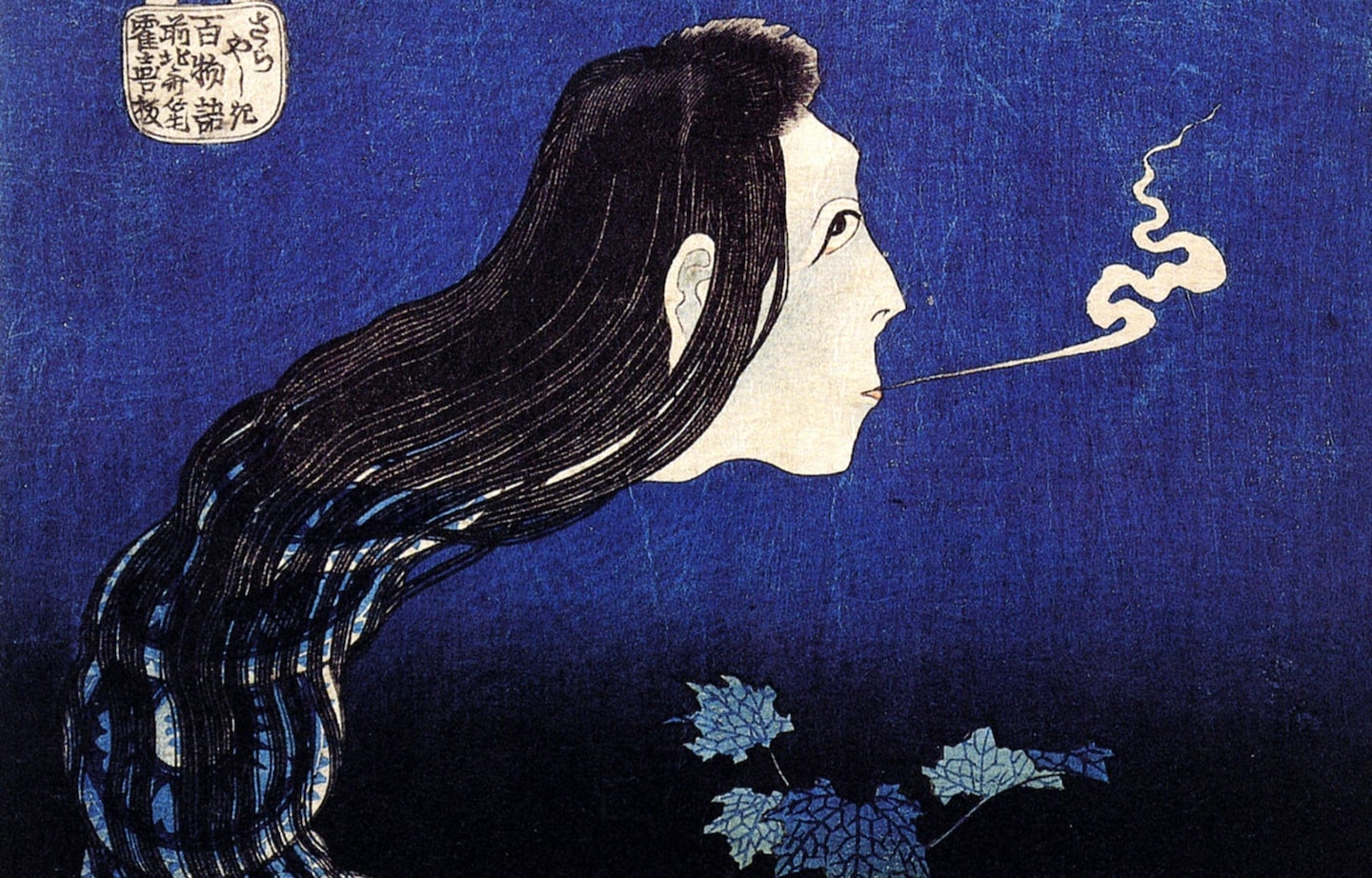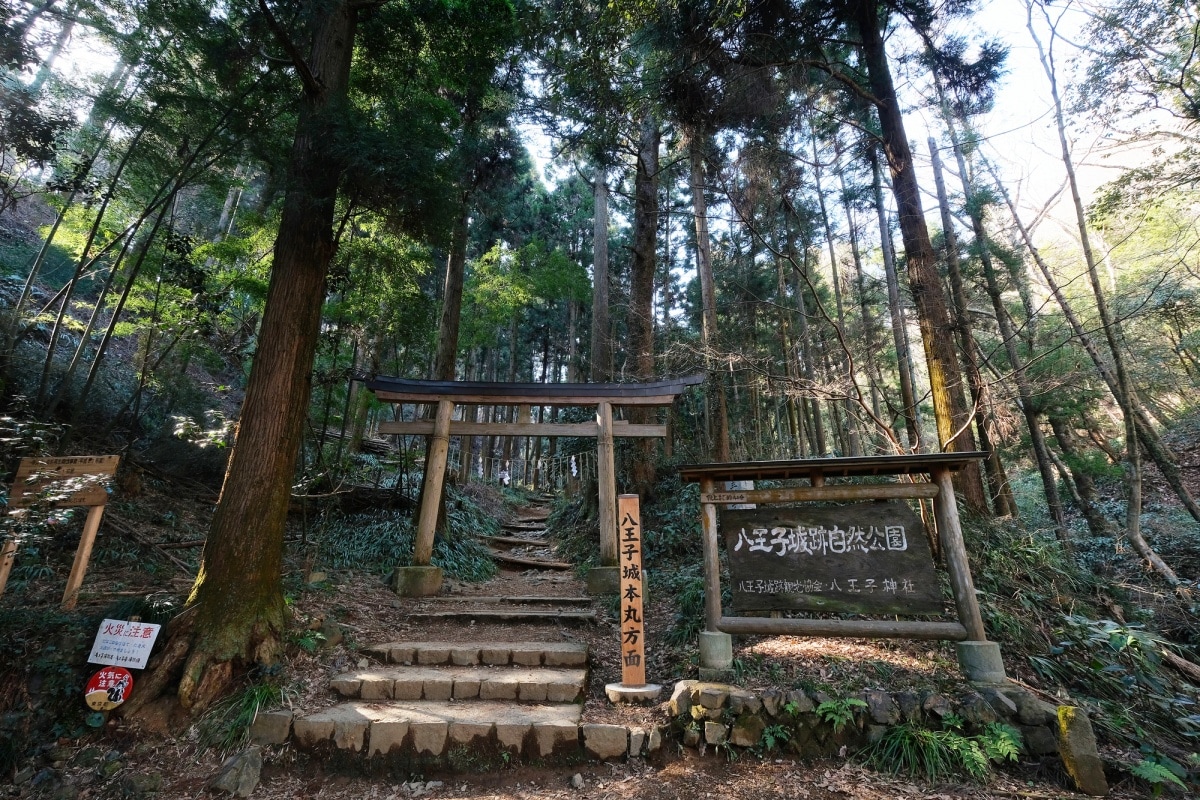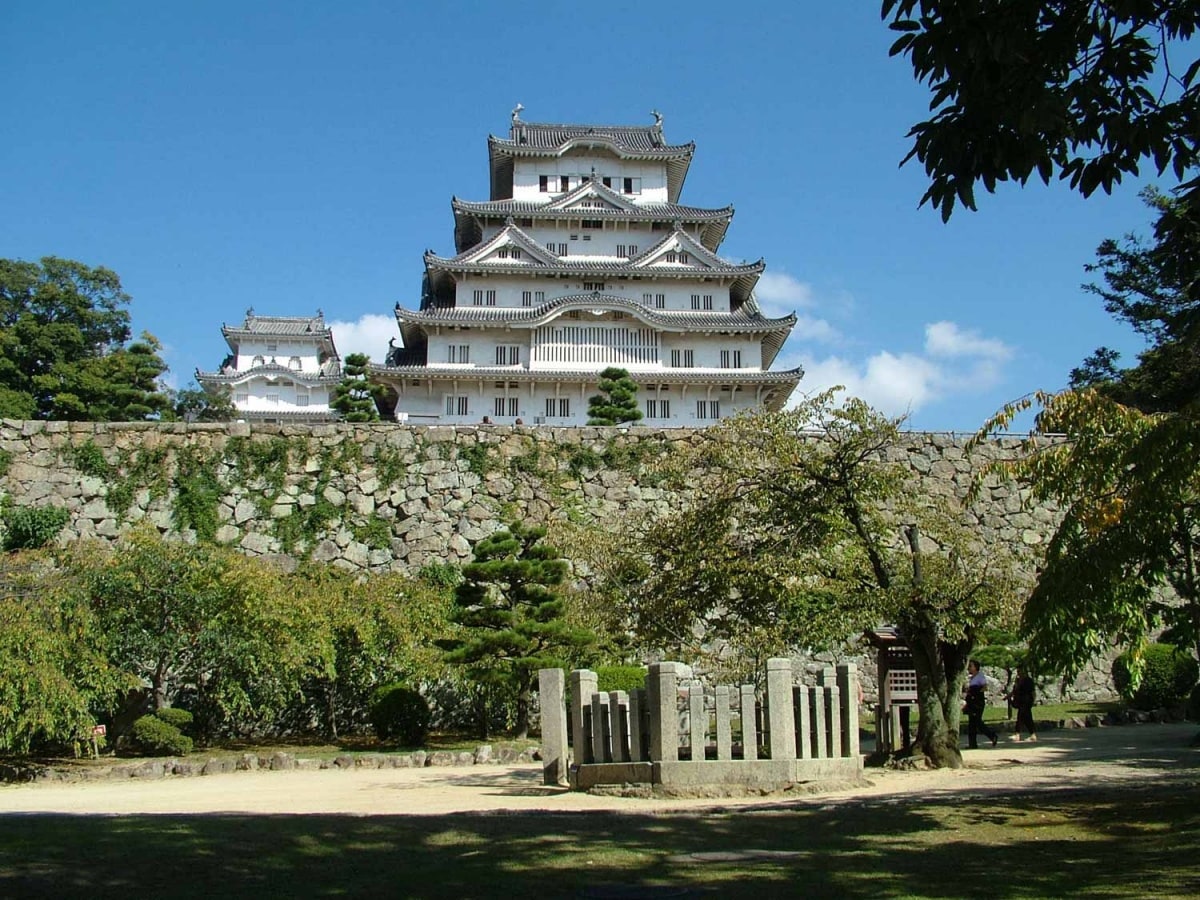4 Beautiful Castles Home to Terrible Ghosts
Scared of ghosts? Then be careful when visiting a Japanese castle—one might be nearer than you expect!
By Diletta Fabiani4. Hachioji Castle (Hachioji, Tokyo)
There isn't much left of Hachioji Castle today, but it has a storied history. It was built on a strategic mountain location in the 1570s by Hojo Ujiteru, and in 1590 it became the scene of a bloody episode in the conflict between Toyotomi Hideyoshi and the mighty Hojo family.
Hojo Ujiteru departed Hachioji to help lift the siege of Odawara Castle, and left only 1,300 men behind at the castle. This proved to be disastrous when 50,000 Toyotomi soldiers showed up and conquered Hachioji Castle in a single day.
Hideyoshi ordered the destruction of the castle, and all that remains today are some stone walls, castle roads and a reconstructed bridge. However, ancient scrolls describing the fall of the castle recount how the sounds of battle, gunshots and screams could be heard in the forest long after the battle had ended. Locals believe that the whole area of Mount Fukazawa—commonly known as Shiroyama—is still haunted to this day, and prepare blood-colored azukimeshi (red beans cooked with rice) to mark June 23 each year, the day the castle fell.
3. Maruoka Castle (Sakai City, Fukui)

https://commons.wikimedia.org/wiki/File:Maruoka_Castle_20100529-01.jpg#/media/File:Maruoka_Castle_20100529-01.jpg
Maruoka Castle is a bit of an out-of-the-way attraction in Fukui Prefecture, and it also comes with a gruesome legend.
Built in 1576 by Shibata Katsutoyo, the castle’s keep is Japan’s oldest standing wooden tenshu, and also one of Japan’s top 100 cherry blossoms viewing sites thanks to the surrounding 400 Yoshino cherry trees.
So, how did such a beautiful place become a haunted spot? Well, there might have been a human sacrifice involved.
It's said that in 1576, as Katsutoyo kept trying to construct his castle, the stone wall would collapse every time it was built. When it was decided that a mystical solution was needed, a poor widow named Oshizu agreed to become a sacrifice (hitobashira, or human pillar) for the castle, on the condition that one of her sons would become a samurai for the lord. She was promptly buried alive under the central pillar of the castle, and this time the construction went on without further problems.
However, the lord was transferred and never kept his promise. Thereafter, the castle moat would flood with rain every April, which the locals called the "Tears of Oshizu's sorrow." A small tomb was subsequently erected to soothe her spirit.
2. Matsumoto Castle (Matsumoto City, Nagano)
Matsumoto is among the most famous Japanese castles, so it's only natural that it should include a haunting legend.
So what happened here? Everything goes back to a wealthy farmer from the Matsumoto Domain called Tada Kasuke. History buffs may know him in connection with from the so-called Jokyo Uprising, which started with Kasuke and other farmers peacefully protesting against an exorbitant rise in taxes, and ended up in a full-scale riot. As you can imagine, this didn’t end well, and Kasuke and the other leaders (along with some people only tangentially related) were arrested and executed on January 1, 1687.
While this is history, legends sprung from this episode: tradition says that before dying, Kasuke cursed the rulers of the Matsumoto Domain, the Mizuno family. His curse is said to have led to a string of bad luck that finally saw the Mizuno to removed from power in 1725.
Tasuke came to be regarded as a gimin, or secular martyr. After their fall from grace, the Mizuno even contributed a stone sculpture to his former homestead in the hope of appeasing him. Almost exactly 200 years after his death, when a national human rights movement grew in the 1870s and 1880s, the statue became the principal object of worship at what would eventually be recognized as Jokyo Gimin-sha Shrine, which honors those who died in the uprising, and was established with support from the still-repentant Mizuno family.
Nonetheless, when Matsumoto Castle began to lean to one side in the late Meiji Period (1868-1912), Kasuke's curse was invoked once again. The castle has since been repaired, and a memorial museum now stands across from the shrine.
1. Himeji Castle (Himeji City, Hyogo)
Recognized as a UNESCO World Heritage Site in 1993, Himeji Castle is the finest surviving example of Japanese castle architecture. A fort was first constructed on this site in 1333, and in 1346 it was rebuilt as Himeyama Castle. Himeyama Castle was in turn remodeled into Himeji Castle in 1581, which was further expanded between 1601 and 1609. Now a massive network of 83 buildings still remains, including storehouses, gates, corridors and turrets. However, what interests us today is the castle well and its related ghost story—one of the most famous in Japan!
This time we'll be meeting one of the most prototypical Japanese ghosts, the unfortunate and pure servant maid Okiku. Her story is so well known that it's said that almost any spot in Japan with a famous well has a version of it, and it's also the subject of kabuki plays, as well as a bunraku version specifically set in Himeji Castle.
In the Himeji version, Okiku is a lady in waiting at the castle when chief retainer Asayama Tetsuzan plots to kill the heir of the castle's ailing lord. Tetsuzan attempts to seduce Okiku and engage her in the plot, but when she refuses his advances, he accuses her of stealing one of ten precious plates belonging to the lord, then offers to lie for her if she will be his mistress. When she again refuses, Tetsuzan has her tied over the well and tortured, finally killing her and casting her down into the depths. The play ends with a ghostly voice coming out of the well, counting plates from one to nine, and Okiku's ghost menacingly rising from below. Even now, the well at Himeji Castle is called Okiku-ido, or Okiku Well.







